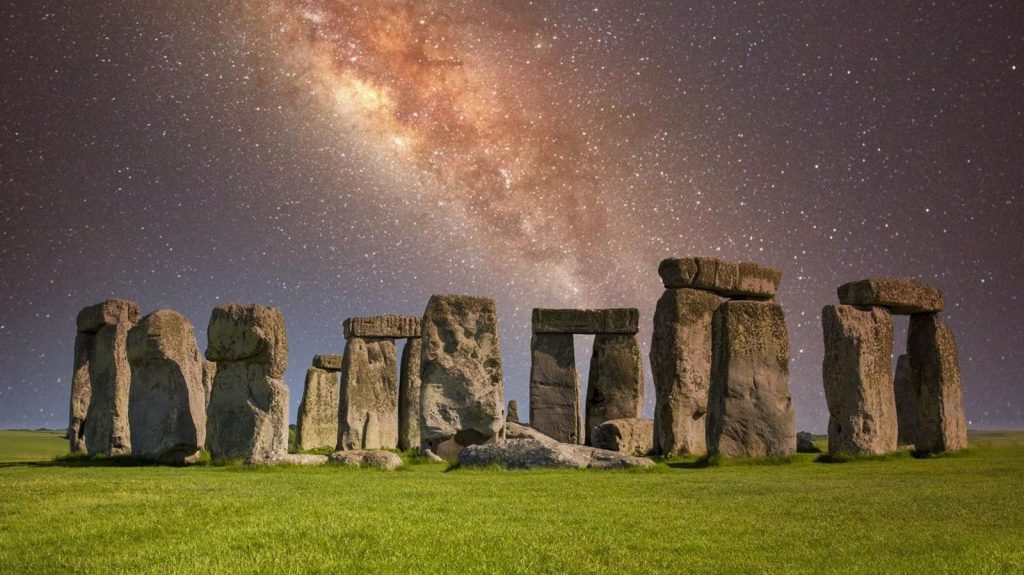The six-tonne Altar Stone at the center of Stonehenge, the world’s most famous neolithic monument in southern England, is from northern Scotland, not southwest Wales, as previously thought.
The Altar Stone, which sits at the center of Stonehenge’s iconic 5,000-year-old stone circle, is a 20-inch (50cm) thick sandstone block measuring 16×3 feet (5×1 meters). It lays flat in two pieces.
Chemical Fingerprint
“Our analysis found specific mineral grains in the Altar Stone are mostly between 1000 to 2000 million years old, while other minerals are around 450 million years old,” said Anthony Clarke, a PhD student from the School of Earth and Planetary Sciences at Curtin University in Perth, Australia, and lead author of a paper published in Nature this week. “This provides a distinct chemical fingerprint suggesting the stone came from rocks in the Orcadian Basin, Scotland.” That’s about 466 miles (750 kilometers) from Stonehenge.
The researchers studied the age and chemistry of mineral grains within fragments of the Altar Stone. The conclusion relies not only on atomic physics but also on an understanding of plate tectonics.
Marine Shipping Route
The discovery raises the question of exactly how the massive stone traveled that vast distance around 2600 BC. Many stones at Stonehenge are from Preseli, Wales, about 140 miles (225km) to the west.
“Transporting such massive cargo overland from Scotland to southern England would have been extremely challenging, indicating a likely marine shipping route along the coast of Britain,” said co-author Chris Kirkland, a professor at Curtin University. “This implies long-distance trade networks and a higher level of societal organization than is widely understood to have existed during the Neolithic period in Britain.”
Welsh Origins
In 2021, it was revealed that the original Stonehenge may have stood in Waun Mawn in Pembrokeshire, Wales, in about 3000 BC. Researchers traced Stonehnege’s bluestones to nearby outcrops in Wales that were revealed to be Stone Age quarries. It’s believed that bluestones were then taken to Stonehenge’s current site.
Archaeologists will now begin the hunt for exactly where the Altar Stone came from in northeast Scotland.
Orange Paint
The day before its annual summer solstice celebrations, two stones outside the ancient stone circle were painted orange by protestors from Just Stop Oil, a British environmental activist group focused on addressing human-caused climate change.
Stonehenge’s stones align with the rising sun on the summer solstice date in the northern hemisphere, with the midsummer sun rising slightly to the left of the Heal Stone.
In July 2024, the newly elected Labour government canceled the controversial $3.2 billion A303 Stonehenge tunnel, according to the BBC. The project would have involved deep-cutting through the Bronze Age landscape on the site’s western side.
Pick up my books Stargazing in 2024, A Stargazing Program For Beginners, and When Is The Next Eclipse?
Wishing you clear skies and wide eyes.
Read the full article here










